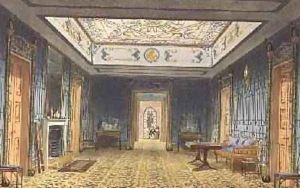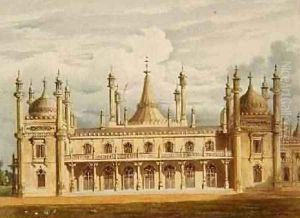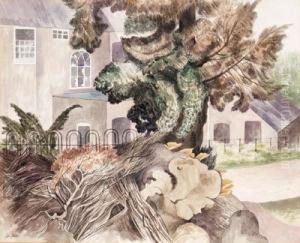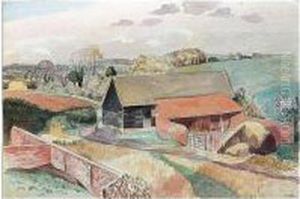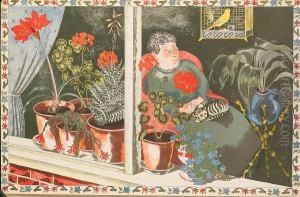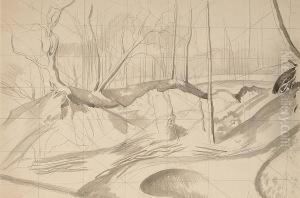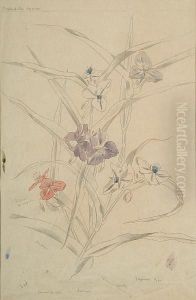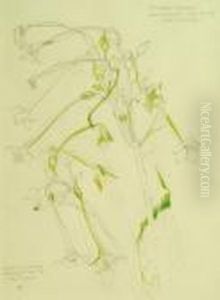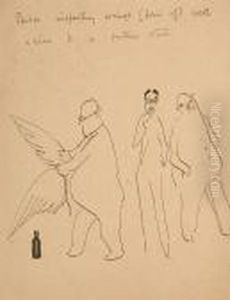John Nash Paintings
John Nash was a British painter known for his landscape painting and contributions as a war artist. Born on April 11, 1893, in London, he was the younger brother of the artist Paul Nash, who was also a prominent figure in the British art scene. John Nash was largely self-taught, receiving encouragement from his brother but not attending formal art school.
His career as an artist began with his involvement with the New English Art Club, and he became known for his pastoral landscapes that showed a deep appreciation for the English countryside. His work often focused on the beauty of the natural world and was characterized by its clarity of light and vibrant color palette.
During World War I, John Nash served as an official war artist, and his experiences at the front deeply influenced his work. His painting 'Over the Top' is among his most famous works and depicts the 1st Artists' Rifles going over the top during the Battle of Cambrai in 1917. It is acclaimed for its stark and realistic portrayal of the battlefield.
After the war, Nash continued to paint and also worked as an illustrator, printmaker, and designer. He taught at the Royal College of Art and was an influential figure in the development of modern British art. Although he lived in the shadow of his brother Paul Nash, John established his own distinct artistic identity.
In his later years, Nash also became interested in botanical illustration, producing detailed studies of plants and flowers. He was elected to the Royal Academy in 1951 and continued to paint until his death on September 23, 1977, in Colchester, England. Nash is remembered not only for his contributions as a war artist but also for his celebration of the English landscape and his contributions to British art throughout the first half of the 20th century.
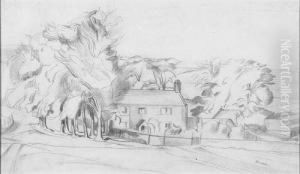
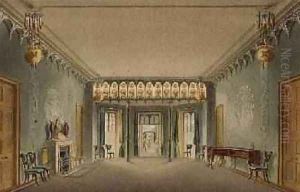
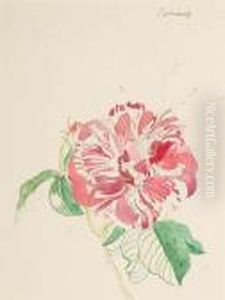
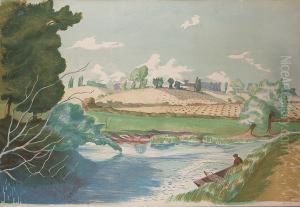
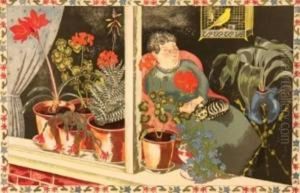
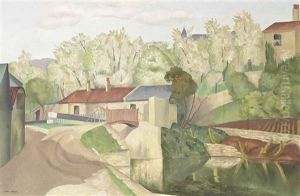
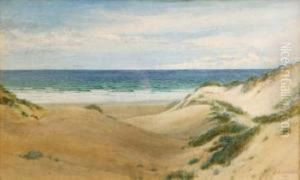
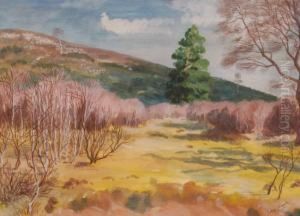
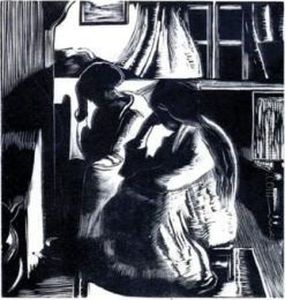
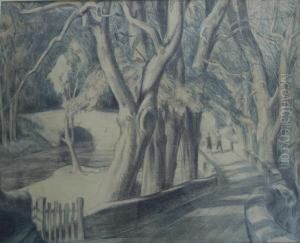
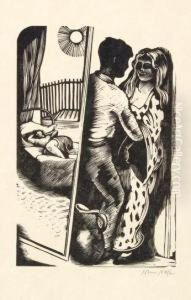
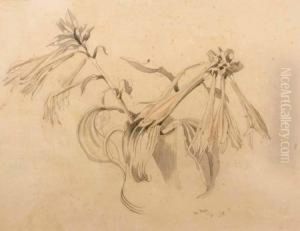
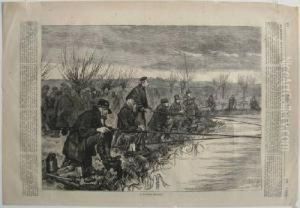
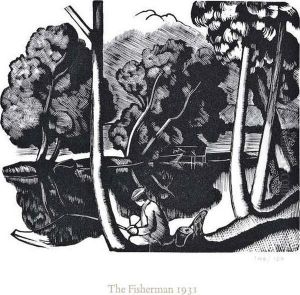
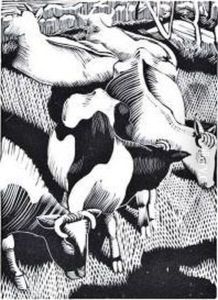
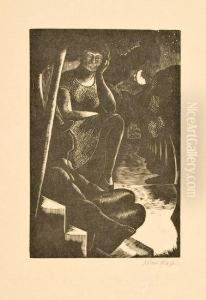
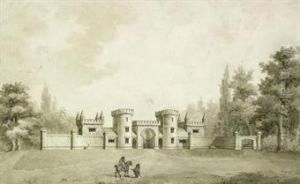
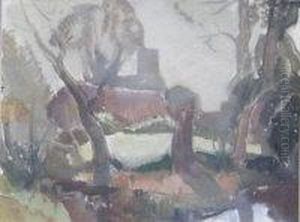
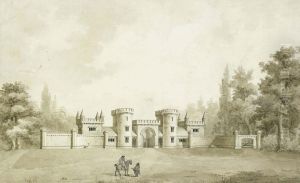
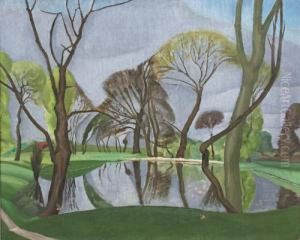
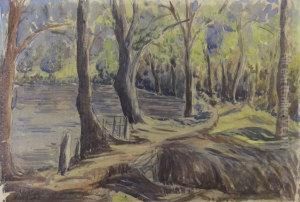
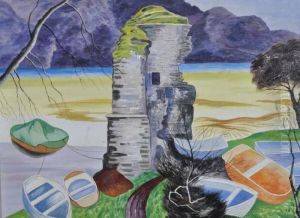
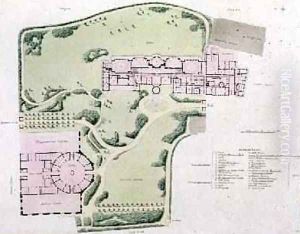
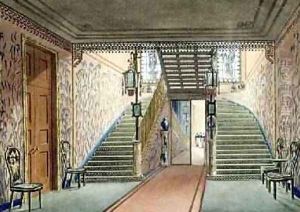
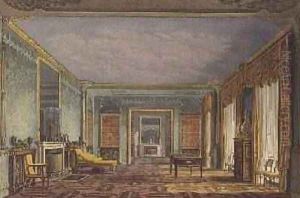
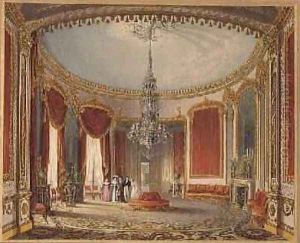
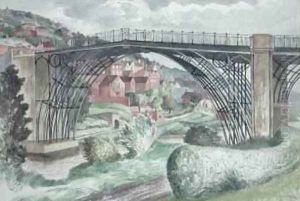
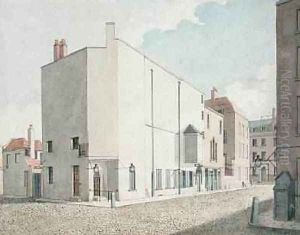
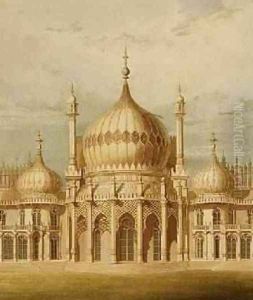
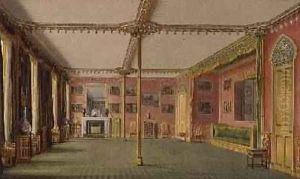
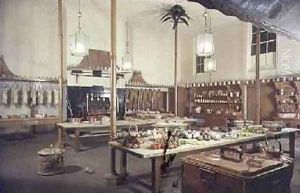
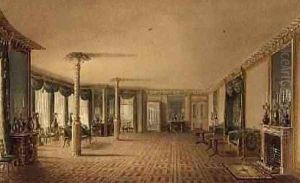
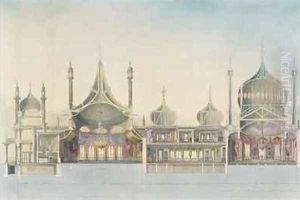
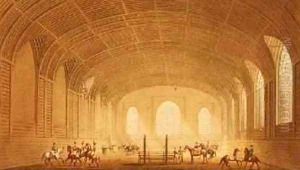
![Architect. [illustrations Of Her Majesty's Palace At Brighton]](https://www.niceartgallery.com/imgs/1503210/s/john-nash-architect-illustrations-of-her-majestys-palace-at-brighton-efc1be57.jpg)
